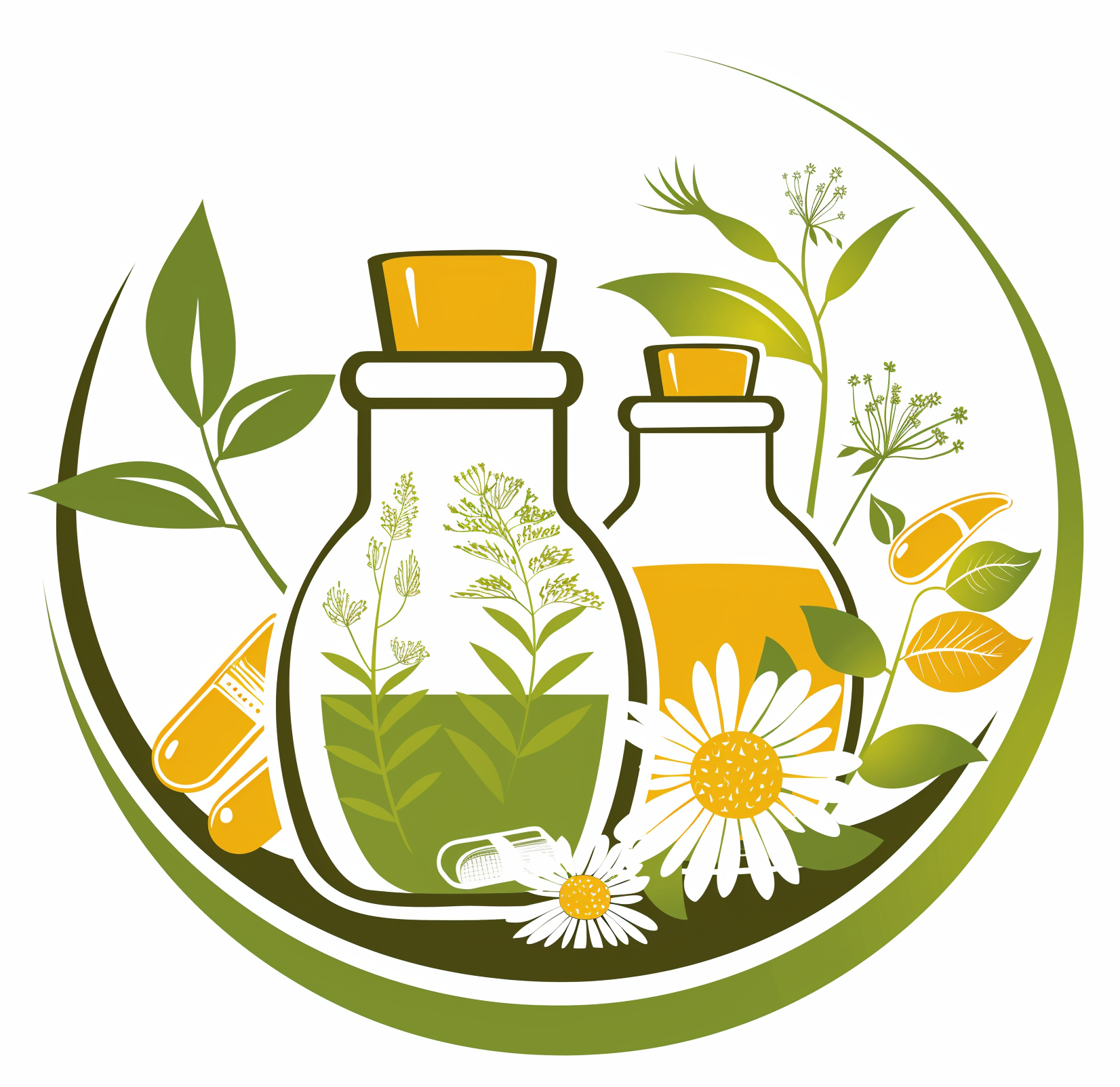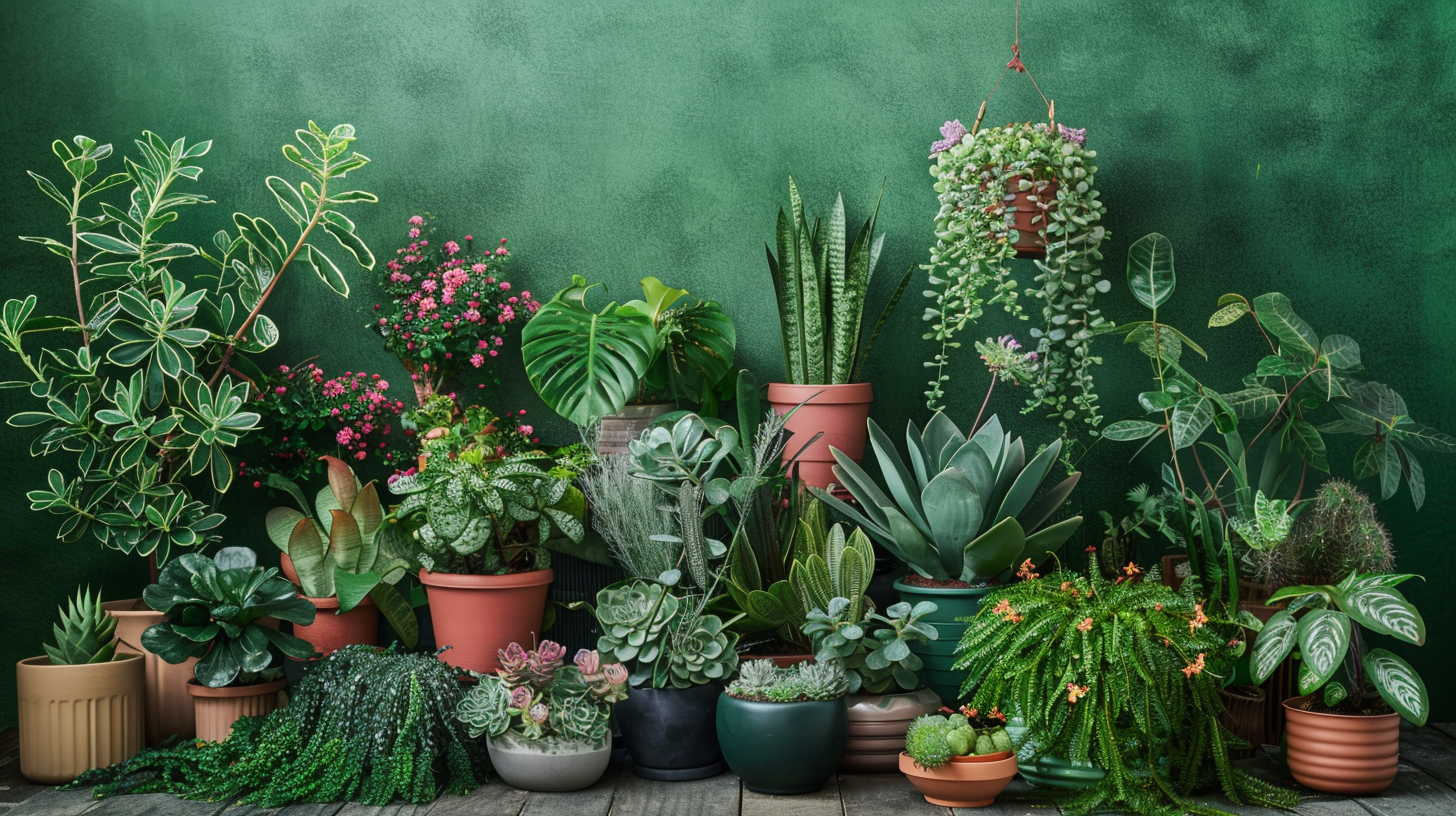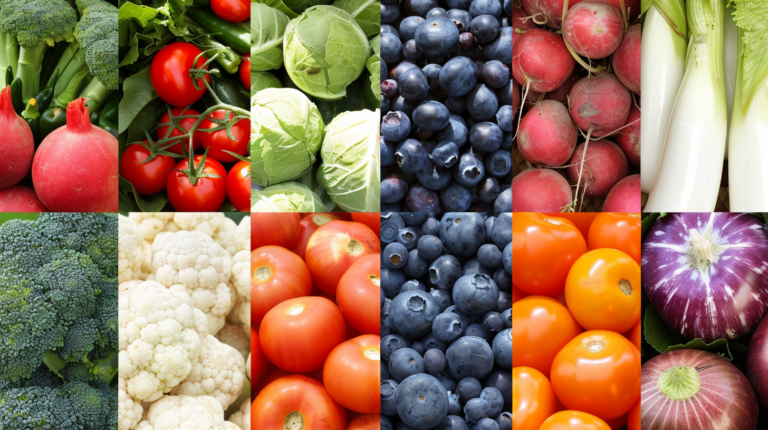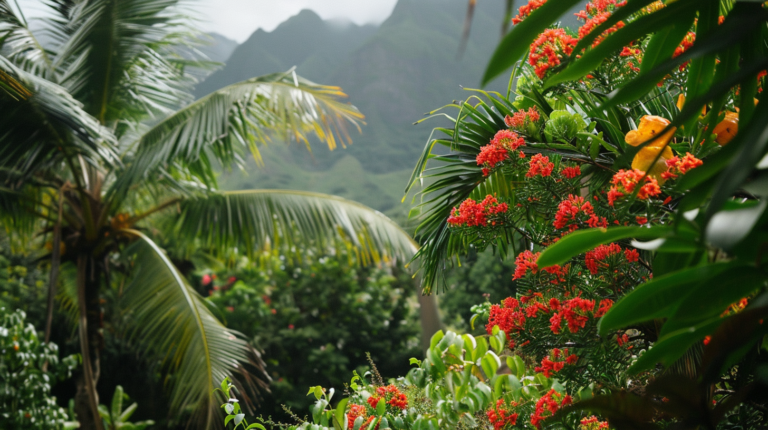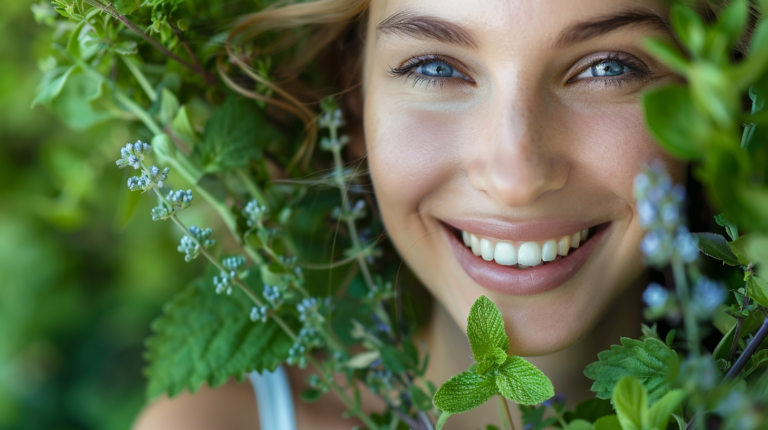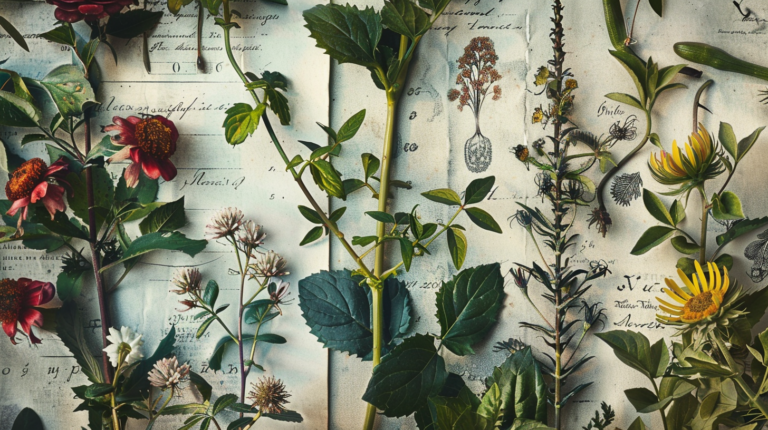Most Controversial Plants: Toxicity, Ethics, and Environmental Impact
Have you ever stumbled upon a seemingly harmless plant in your garden only to discover it has a dark side? It’s a chilling thought that makes people pause. Our connection with plants spans across decades, from those found in our own backyards to plants that carry legends dating back to October or even December. But this bond is not without its controversies.
Some plants pose unexpected dangers. Imagine uncovering evidence that a beautiful species you’ve nurtured has poisonous leaves or could become an invasive threat to native species in North America or Europe. It’s alarming how quickly admiration can turn into fear. Whether they’re disrupting ecosystems or posing health risks, these plants that are controversial need to be managed wisely.
But here’s the beauty in the chaos—understanding these contentious species offers invaluable insights. You can turn your search for knowledge into a tool for prevention and safer cultivation. Stay informed, make your garden a haven, and ensure that you’re safeguarding both the natural world and your loved ones.
Understanding Plant Controversies
Toxicity Concerns
Plants with Harmful Effects
Ah, toxicity – a word that can send shivers down the spine of any gardener. Believe it or not, some plants have a dark side. One such villain is the infamous Atropa belladonna, commonly known as Deadly Nightshade. This plant contains tropane alkaloids that can wreak havoc on the nervous system. Imagine walking in your garden and accidentally ingesting its berries – not a pretty picture. Another toxic culprit is the beautiful but deadly Oleander. All parts of the Oleander plant are highly poisonous, containing cardiac glycosides that can cause severe heart issues. Always be cautious when handling or planting these beautiful yet sinister species.
Accidental Poisonings
You might be thinking, “I’m careful, so how could this even happen?” Well, let me share a quick anecdote. A good friend once mistook the leaves of Aconitum (Monkshood) for a harmless garden variety. He ended up with numbness in his fingers. Accidental poisonings often occur when **plants** are misidentified. Children and pets are especially at risk, drawn in by bright berries and fragrant leaves. Awareness is key. Make sure to label your plants and educate your household on which ones to avoid ingesting or even touching.
Environmental Impact
Invasive Species
Moving on to the broader picture, let’s discuss the environmental impact. Some species become the uninvited guests who overstay their welcome. Take Japanese Knotweed, for instance. This plant grows aggressively, smothering native plants and disrupting local ecosystems. It’s like the houseguest who rearranges all your furniture – you just can’t get rid of it. The same goes for Purple Loosestrife, an invasive species that takes over wetlands and outcompetes native flora. These invasive species can change soil composition and water availability, making it difficult for native species to survive.
Endangered Native Plants
On the flip side, we have endangered native plants, struggling to hold their ground. In North America, the American Ginseng is a prime example. Overharvesting and habitat destruction have put this once-abundant plant on the brink. Similarly, Goldenseal faces a precarious future for similar reasons. Protecting these **native species** isn’t just about conservation; it’s about maintaining biodiversity and the unique benefits these plants offer. Ethical harvesting and supporting local conservation efforts can make a world of difference.
Cultural and Ethical Considerations
Traditional Uses vs. Modern Perceptions
Culture often adds another layer of complexity to our understanding of controversial **plants**. Some plants are steeped in tradition and history. Take Ayahuasca, used for centuries in South American spiritual practices. Modern perceptions, however, can be polarizing. While some view it as a doorway to spiritual enlightenment, others see it as a dangerous hallucinogen. Similar debates surround the use of **Kava**, a plant traditionally used in Pacific Island ceremonies but now scrutinized for potential health risks in Western societies.
Ethical Harvesting and Conservation
Let’s chat about ethics for a moment. Ethical harvesting is about more than just picking plants; it’s about respecting the ecosystem. Overharvesting of herbs like Echinacea and Ginseng has led to dwindling wild populations. So, what’s a passionate herbalist to do? Opt for sustainably sourced or cultivated **plants**. Many organizations, like United Plant Savers, are doing incredible work in conservation. Support them, and you’ll be doing your part in preserving these precious resources for generations to come.
Understanding Plant Controversies
Toxicity Concerns
Plants with Harmful Effects
Ah, toxicity – a word that can send shivers down the spine of any gardener. Believe it or not, some plants have a dark side. One such villain is the infamous Atropa belladonna, commonly known as Deadly Nightshade. This plant contains tropane alkaloids that can wreak havoc on the nervous system. Imagine walking in your garden and accidentally ingesting its berries – not a pretty picture. Another toxic culprit is the beautiful but deadly Oleander. All parts of the Oleander plant are highly poisonous, containing cardiac glycosides that can cause severe heart issues. Always be cautious when handling or planting these beautiful yet sinister species.
Accidental Poisonings
You might be thinking, “I’m careful, so how could this even happen?” Well, let me share a quick anecdote. A good friend once mistook the leaves of Aconitum (Monkshood) for a harmless garden variety. He ended up with numbness in his fingers. Accidental poisonings often occur when plants are misidentified. Children and pets are especially at risk, drawn in by bright berries and fragrant leaves. Awareness is key. Make sure to label your plants and educate your household on which ones to avoid ingesting or even touching.
Environmental Impact
Invasive Species
Moving on to the broader picture, let’s discuss the environmental impact. Some species become the uninvited guests who overstay their welcome. Take Japanese Knotweed, for instance. This plant grows aggressively, smothering native plants and disrupting local ecosystems. It’s like the houseguest who rearranges all your furniture – you just can’t get rid of it. The same goes for Purple Loosestrife, an invasive species that takes over wetlands and outcompetes native flora. These invasive species can change soil composition and water availability, making it difficult for native species to survive.
Endangered Native Plants
On the flip side, we have endangered native plants, struggling to hold their ground. In North America, the American Ginseng is a prime example. Overharvesting and habitat destruction have put this once-abundant plant on the brink. Similarly, Goldenseal faces a precarious future for similar reasons. Protecting these native species isn’t just about conservation; it’s about maintaining biodiversity and the unique benefits these plants offer. Ethical harvesting and supporting local conservation efforts can make a world of difference.
Cultural and Ethical Considerations
Traditional Uses vs. Modern Perceptions
Culture often adds another layer of complexity to our understanding of controversial plants. Some plants are steeped in tradition and history. Take Ayahuasca, used for centuries in South American spiritual practices. Modern perceptions, however, can be polarizing. While some view it as a doorway to spiritual enlightenment, others see it as a dangerous hallucinogen. Similar debates surround the use of Kava, a plant traditionally used in Pacific Island ceremonies but now scrutinized for potential health risks in Western societies.
Ethical Harvesting and Conservation
Let’s chat about ethics for a moment. Ethical harvesting is about more than just picking plants; it’s about respecting the ecosystem. Overharvesting of herbs like Echinacea and Ginseng has led to dwindling wild populations. So, what’s a passionate herbalist to do? Opt for sustainably sourced or cultivated plants. Many organizations, like United Plant Savers, are doing incredible work in conservation. Support them, and you’ll be doing your part in preserving these precious resources for generations to come.
List of Controversial Plants
Belladonna (Deadly Nightshade)
Toxicity and Medical Uses
Belladonna, also known as Deadly Nightshade, is a plant that’s as notorious as it is fascinating. Its toxicity stems from alkaloids like atropine, scopolamine, and hyoscyamine. Even small doses can cause delirium, hallucinations, and in severe cases, death. Yet, ironically, these same alkaloids have medicinal uses. Atropine, for instance, is used to dilate pupils in ophthalmology and as an antidote for certain poisonings. The dual nature of Belladonna is a testament to how plants can be both perilous and beneficial.
Historical Significance
Historically, Belladonna has a dark and mysterious pedigree. From being a suspected ingredient in witches’ brews in medieval Europe to its use by the ancient Romans in cosmetics to dilate women’s pupils (hence the name “Belladonna” or “beautiful lady”), this plant’s role in history is rich and multifaceted. However, it’s not just a relic of the past; contemporary medicine continues to explore its possibilities.
Oleander
Poisons and Potential Uses
Oleander is another plant that people find captivating yet deadly. This evergreen shrub is ubiquitous in landscapes for its beautiful flowers and hardiness. However, all parts of the Oleander plant contain potent toxins, primarily oleandrin and oleandrigenin, which can cause fatal heart irregularities. Despite this, traditional medicine in some cultures has used Oleander extracts for various ailments, including as a possible cancer treatment in recent research. The thin line between remedy and poison makes this a truly controversial plant.
Cases of Misuse
Oleander has unfortunately been implicated in numerous cases of accidental and deliberate poisoning. It’s not uncommon to hear about pets or sometimes even humans who have suffered severe consequences from ingesting parts of the plant. A particularly alarming incident was reported where a misguided attempt to use Oleander as a home remedy led to tragedy. Caution cannot be overstated when dealing with this plant.
Kava
Benefits and Risks
Kava, a plant native to the Pacific Islands, offers sedative and euphoric effects. Traditionally used in ceremonies to promote peace and relaxation, it’s now popular worldwide as an anxiety and stress reliever. However, Kava is a double-edged sword. Reports have surfaced highlighting its potential to cause severe liver damage, leading to regulatory concerns and even bans in some countries. Nevertheless, evidence for its efficacy and risks remains mixed, leading to ongoing debates about its safety.
Regulatory Status
The legal status of Kava varies considerably. In places like the United States and several European countries, it’s readily available as a dietary supplement. However, nations like Germany and the United Kingdom have imposed bans or restrictions, concerned about hepatotoxicity. Ensuring that people use Kava safely involves balancing its traditional benefits with modern medical concerns.
Ayahuasca
Spiritual vs. Legal Views
Ayahuasca is more than just a plant; it’s a cultural and spiritual phenomenon. Used in Amazonian shamanic practices, this potent brew combines the Banisteriopsis caapi vine and Psychotria viridis leaves, creating a psychoactive experience. While many travel far and wide for its purported spiritual enlightenment, legal perspectives are complex. In some countries, Ayahuasca is legal for religious ceremonies but controlled or banned elsewhere due to its DMT content.
Reported Effects
The effects of Ayahuasca are profound and varied. Users often report intense visions, emotional breakthroughs, and deep introspections. However, it’s not without risks. Psychological distress and physical discomfort are common, and those with underlying mental health conditions should exercise caution. The brew’s duality – a sacred tool for some, a dangerous substance for others – makes it one of the most controversial **plants** around.
GMO Plants
Controversies and Benefits
GMO (Genetically Modified Organism) **plants** are at the epicenter of a modern agricultural debate. Proponents argue that GMO crops can lead to improved yield, pest resistance, and enhanced nutritional content. Yet, detractors raise concerns about environmental impacts, biodiversity loss, and potential health risks. The debate is highly polarized, and finding common ground can be challenging. Understanding both sides is crucial for an informed perspective on GMO plants.
Environmental and Health Impacts
The environmental and health impacts of GMO **species** stir passionate arguments. Supporters point to the reduced need for chemical pesticides and better soil conservation, while critics highlight the risk of cross-pollination with wild relatives and potential long-term health effects. What remains clear is that more research and regulatory oversight are necessary to fully understand and manage the implications of these innovations.
Managing Controversial Plants in Your Garden
Safe Cultivation Practices
Handling and Plant Care
Even with the controversies, maintaining a garden of such plants comes down to safe cultivation practices. Whether you are handling Oleander, Kava, or any other plant that could pose a risk, always use gloves and appropriate tools to minimize direct contact. Regularly educate yourself about each plant’s needs and potential hazards. Knowledge isn’t just power; it’s safety.
Preventing Accidental Exposure
One essential practice is proper labeling. Make sure every unidentified species in your garden gets a tag. This simple step can prevent a lot of headaches, especially when explaining to children or guests which plants to avoid. Creating barriers like nets or fences around particularly toxic plants can also reduce the risk of accidental exposure.
Regulatory Guidelines and Compliance
Understanding Local Laws
Navigating the legal landscape is crucial when dealing with controversial **plants**. Regulations can vary greatly depending on where you live. For example, while growing certain **species** of Kava might be acceptable in one region, it could be restricted in another. Always consult local guidelines and, if necessary, seek legal advice to ensure you’re in compliance with all applicable regulations.
Ensuring Safe Usage
Even if your local laws permit the cultivation of certain controversial plants, safe usage is paramount. Inform yourself about proper dosages, potential interactions with other substances, and signs of adverse reactions. Sharing this knowledge within your community can promote safer practices and dispel myths that often surround these plants.
Conclusion on Plant Controversies
Gardening isn’t just a hobby; it’s a journey through history, culture, and even controversy. Being mindful of the complex facets surrounding your favorite flora can make your green space not just beautiful, but also safe and ecologically responsible. So whether you’re nurturing a Deadly Nightshade or experimenting with GMO crops, knowledge and respect for the environment will always be your most valuable tools.
